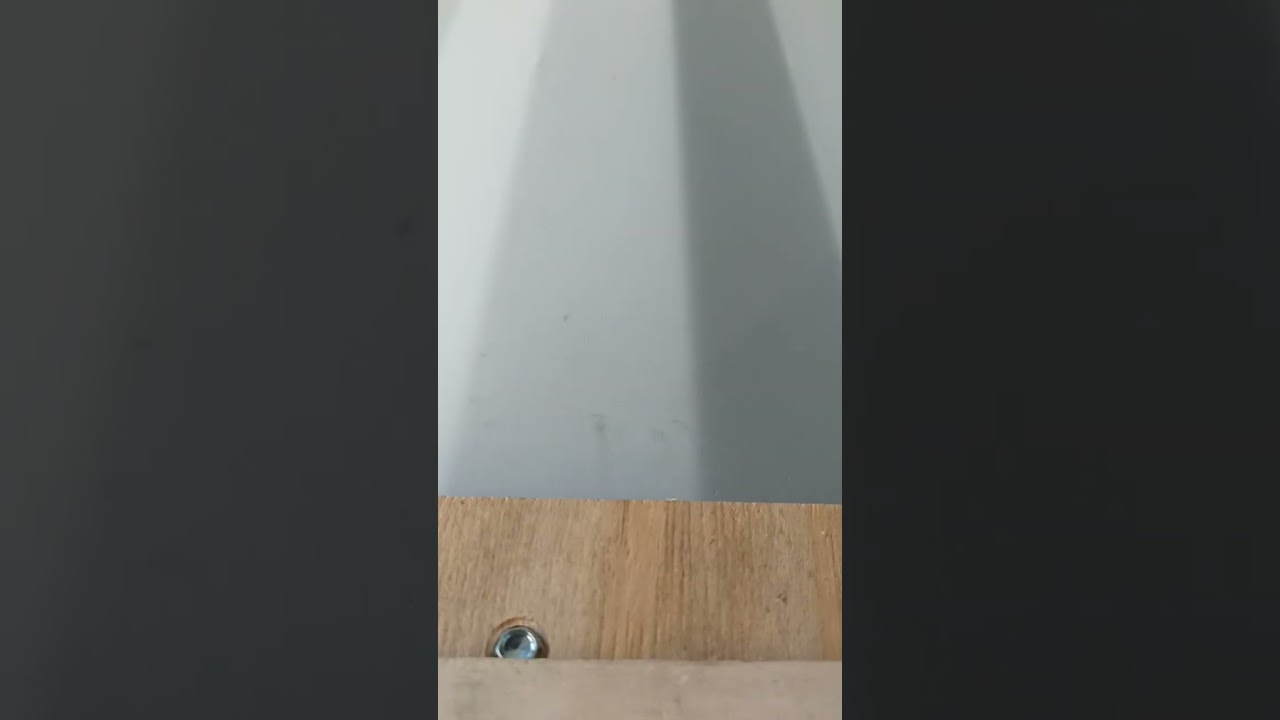Hi all!
I have hooked up a 4-relay board to my Arduino Uno. I use pin 1 to control a LED strip, which flashes randomly (time ON anywhere between 0.1-0.8 seconds, time OFF anywhere between 0.05 and 0.5 seconds). During the first moments it works well, but after a while (typically after 10-50 seconds) the output pin seems to shoot to some faulty mode whereby the pin switches quite fast. The multimeter says about 4.7kHz, resulting in 2.5V so apparently 50/50 duty cycle of HIGH/LOW.
Here is a video of how it should work:
And a video of the faulty mode:
Note: I'm not using the UART and I tried other output pins.
The normal switching behaviour is controlled by a keypad and I can shut off the switching behaviour. But as the faulty mode has established, it will turn back to that faulty mode soon as the switching behaviour is turned on again.
Does anyone has an idea what's happening here? And how to solve it?
#include <Keypad.h>
const byte ROWS = 4; //four rows
const byte COLS = 3; //three columns
char keys[ROWS][COLS] =
{
{'1', '2', '3'},
{'4', '5', '6'},
{'7', '8', '9'},
{'*', '0', '#'}
};
byte rowPins[ROWS] = {3, 8, 7, 5}; //connect to the row pinouts of the keypad
byte colPins[COLS] = {4, 2, 6}; //connect to the column pinouts of the keypad
Keypad keypad = Keypad( makeKeymap(keys), rowPins, colPins, ROWS, COLS );
////LOW on pin turns on LEDs
const int led_red = 12;
const int led_green = 13;
const int t_int = 100;
const byte relay_tl_light = 1; // +5V-----LED anode/cathode-----220R-----pin 9
const byte relay_smoke = 0; // +5V-----LED anode/cathode-----220R-----pin 8
const byte relay_cable_out = 9;
const byte relay_cable_in = 10;
bool bool_relay_tl_light = false;
unsigned int ts_base = millis();
unsigned int interval_duration = 0;
int state_led = 0;
//Target password
unsigned int PassWord = 611;
//Password number entered
unsigned int PW;
bool PWokay = false;
//******************************************************
void setup()
{
pinMode(led_red, OUTPUT);
pinMode(led_green, OUTPUT);
pinMode(relay_tl_light, OUTPUT);
pinMode(relay_smoke, OUTPUT);
pinMode(relay_cable_out, OUTPUT);
pinMode(relay_cable_in, OUTPUT);
digitalWrite(led_red, LOW);
digitalWrite(led_green, LOW);
digitalWrite(relay_tl_light, LOW);
digitalWrite(relay_smoke, LOW);
digitalWrite(relay_cable_out, LOW);
digitalWrite(relay_cable_in, LOW);
keypad.addEventListener(keypadEvent); //Add an event listener for this keypad
} //END of s e t u p ( )
//******************************************************
void loop()
{
char key = keypad.getKey();
if (key)
{
//check for a valid password
if ((key == '*' || key == '#') && PWokay == false)
{
if (PW == PassWord)
{
PWokay = true;
digitalWrite(led_green, HIGH);
digitalWrite(led_red, LOW);
digitalWrite(relay_smoke, HIGH);
}
else
{
PWokay = false;
PW = 0;
digitalWrite(led_green, LOW);
for (int i = 0; i < 3; i++) {
digitalWrite(led_red, LOW);
digitalWrite(led_green, LOW);
delay(t_int);
digitalWrite(led_red, HIGH);
digitalWrite(led_green, LOW);
delay(t_int);
}
digitalWrite(led_red, LOW);
}
}
//assemble the password number
if (PWokay == false && key >= '0' && key <= '9')
{
digitalWrite(led_green, HIGH);
delay(50);
digitalWrite(led_green, LOW);
PW = PW * 10 + (key - '0');
}
}
if (millis() - ts_base >= interval_duration && PWokay == true) {
if (1) {
if (bool_relay_tl_light) {
digitalWrite(relay_tl_light, HIGH);
// Light turned on
interval_duration = random(200, 1000);
}
else {
digitalWrite(relay_tl_light, LOW);
// Light turned off
interval_duration = random(100, 500);
}
}
ts_base = millis();
bool_relay_tl_light = !bool_relay_tl_light;
}
} //END of l o o p ( )
//******************************************************
void keypadEvent(KeypadEvent key)
{
switch (keypad.getState())
{
//*********************
//case PRESSED:
// {
// }
// break; //END of PRESSED
//*********************
case RELEASED:
{
switch (key)
{
//***************
//only if there is a valid password
case '*':
if (PWokay == true)
{
{
//LED OFF
digitalWrite(relay_cable_in, LOW);
}
}
break;
//***************
//only if there is a valid password
case '#':
if (PWokay == true)
{
{
//LED OFF
digitalWrite(relay_cable_out, LOW);
}
}
break;
} //END of switch (key)
}
break; //END of RELEASED
//*********************
case HOLD:
{
switch (key)
{
//***************
//only if there is a valid password
case '*':
if (PWokay == true)
{
{
//LED ON
digitalWrite(relay_cable_in, HIGH);
}
}
break;
//***************
//only if there is a valid password
case '#':
if (PWokay == true)
{
{
//LED ON
digitalWrite(relay_cable_out, HIGH);
}
}
break;
//***************
//reset the lock
case '0':
{
PWokay = false;
PW = 0;
digitalWrite(led_green, LOW);
digitalWrite(led_red, LOW);
digitalWrite(relay_tl_light, LOW);
digitalWrite(relay_smoke, LOW);
digitalWrite(relay_cable_out, LOW);
digitalWrite(relay_cable_in, LOW);
}
break;
} //END of switch (key)
}
break; //END of HOLD
} //END of switch (keypad.getState())
} //END of k e y p a d E v e n t ( )
//******************************************************


